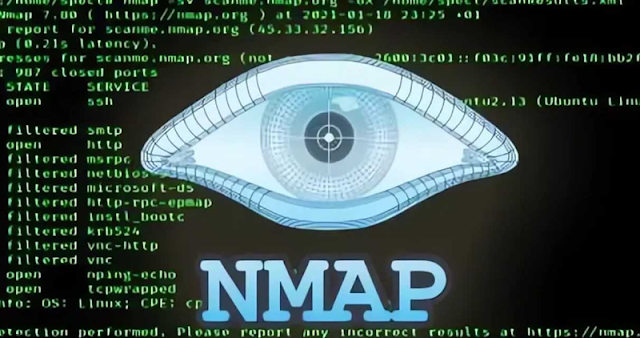Introduction:
SQL injection and network scanning are prominent techniques in the arsenal of both attackers and security professionals. This guide explores the mastery of SQL injection and network scanning using powerful tools such as SQLmap and Nmap. Understanding these techniques is crucial for securing applications and networks against potential threats.
Mastering SQL Injection with SQLmap:
1. Understanding SQL Injection:
Overview: SQL injection is a technique that exploits vulnerabilities in web applications to manipulate a database by injecting malicious SQL code.
Types of SQL Injection: Classic SQL injection, Blind SQL injection, Time-based Blind SQL injection.
2. SQLmap Basics:
Installation: Install SQLmap on your machine or use the provided Docker image for convenience.
Target Identification: Identify a potential SQL injection vulnerability in a target URL or parameter.
3. Basic SQLmap Commands:
Discovery Mode: Use --dbs to enumerate available databases.
Database Selection: Specify the target database with --dbms.
Table Enumeration: Enumerate tables within a database using --tables.
4. Advanced Techniques:
Union-Based SQL Injection: Exploit union-based SQL injection to retrieve data from other database tables.
Time-Based Blind SQL Injection: Use time delays to determine true or false conditions in a blind SQL injection scenario.
5. Automating Exploitation:
Automated Exploitation: Utilize --dump-all to automate the extraction of data from all identified tables.
Batch Mode: Execute SQLmap in batch mode with -m to process multiple targets from a file.
6. Post-Exploitation Actions:
File System Access: If database privileges allow, access and retrieve files from the underlying file system.
Command Execution: Execute operating system commands through SQL injection to gain additional control.
Mastering Network Scanning with Nmap:
1. Understanding Network Scanning:
Overview: Network scanning involves probing a network to identify active hosts, open ports, and services running on those ports.
Types of Scans: TCP connect scan, SYN/Stealth scan, UDP scan, Comprehensive scans.
2. Nmap Basics:
Installation: Install Nmap on your system, ensuring it is accessible from the command line.
Simple Scan: Conduct a basic scan with nmap [target] to identify open ports and services.
3. Advanced Nmap Techniques:
Service Version Detection: Use -sV to detect the version of services running on open ports.
OS Fingerprinting: Employ -O for operating system detection to identify the target's operating system.
4. Scripting Engine:
Nmap Scripting Engine (NSE): Leverage NSE scripts for advanced capabilities, including vulnerability detection and exploitation.
Custom Script Execution: Run custom NSE scripts to perform specific tasks during scanning.
5. Network Enumeration:
Host Discovery: Use -sn to perform host discovery and identify live hosts in a network.
DNS Enumeration: Enumerate DNS information with --dns-servers to gather details about the target domain.
6. Output Formats and Reporting:
Output to File: Save scan results to a file with -oN for normal format or -oX for XML format.
Graphical Output: Generate graphical output using tools like Zenmap for enhanced visualization.
7. Stealth and Timing Options:
Stealthy Scanning: Employ -sS for a TCP stealth scan, reducing the chances of detection.
Timing Configuration: Adjust timing options with -T to balance scan speed and stealth.
Best Practices for SQL Injection and Network Scanning Mastery:
1. Permission and Legality:
Always ensure you have proper authorization before performing SQL injection or network scanning activities. Unauthorized testing can lead to legal consequences.
2. Documentation:
Thoroughly document your testing process, including identified vulnerabilities, for future reference and remediation.
3. Use Test Environments:
Conduct SQL injection and network scanning in controlled test environments to avoid unintended consequences in production systems.
4. Stay Updated:
Keep SQLmap and Nmap tools updated to benefit from the latest features, bug fixes, and security enhancements.
5. Collaboration and Reporting:
Collaborate with other security professionals and stakeholders, and produce comprehensive reports detailing findings and recommended actions.
Conclusion:
Mastering SQL injection and network scanning is essential for security professionals aiming to fortify systems against potential threats. SQLmap and Nmap are powerful tools that, when used responsibly and ethically, can uncover vulnerabilities and weaknesses in applications and networks. By understanding the intricacies of these techniques and following best practices, security professionals can contribute to creating robust and resilient systems in the ever-evolving landscape of cybersecurity.









No comments:
Post a Comment